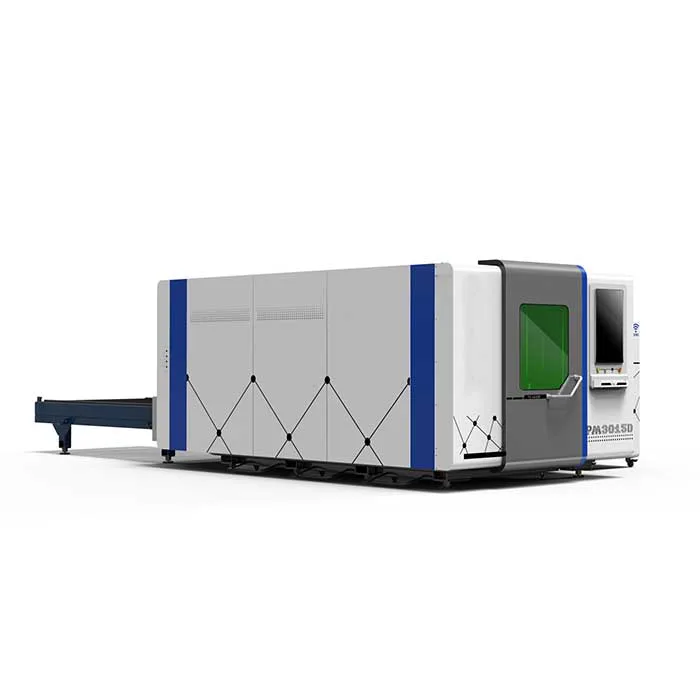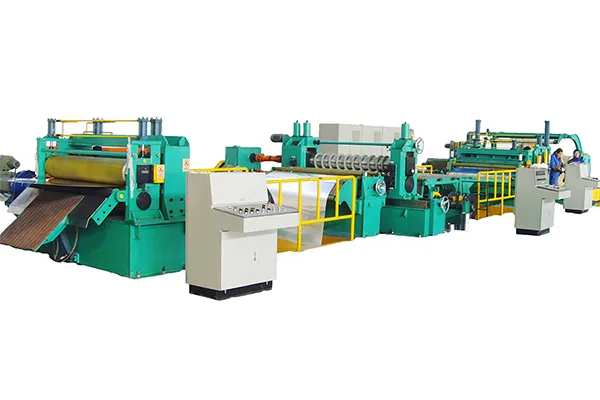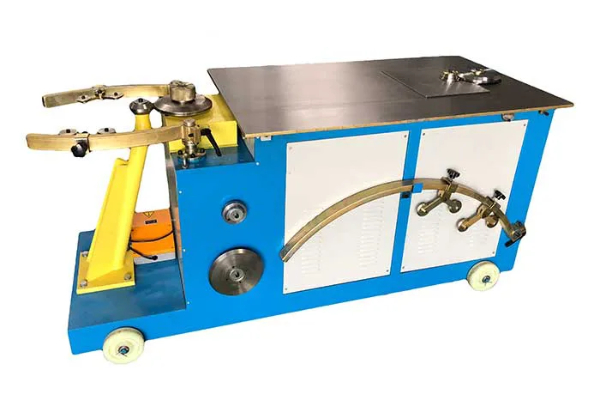
Best Practices for Designing Parts for Metal Sheet Forming
- By:Metmac
- 2024-08-28
- 130
Best Practices for Designing Parts for Metal Sheet Forming: A Transformative Guide
In the realm of manufacturing, metal sheet forming stands tall as a versatile and transformative process. It empowers engineers and designers to craft complex, high-precision components from sheets of metal, unlocking a vast array of possibilities. To harness the full potential of this transformative art, mastering the intricacies of designing parts for sheet metal forming is paramount.
1. Embrace Geometrical Simplicity:
When envisioning your part, strive for geometrical simplicity. Avoid convoluted contours and sharp angles, as these can introduce stresses and hinder formability. Instead, embrace gradual curves and smooth transitions, enhancing the flow of material during forming.
2. Optimize Material Selection:
The material you choose plays a pivotal role in shaping the success of your design. Consider the formability, strength, and ductility of different alloys, ensuring they align with the intended purpose and forming operations.
3. Control Wall Thickness:
Maintain consistent wall thickness throughout the part to minimize thinning and tearing during forming. Gradual transitions between varying thicknesses are crucial, preventing stress concentrations and ensuring structural integrity.
4. Integrate Radii and Reliefs:
Incorporate generous radii at inside corners and bends. Reliefs, small cut-outs at sharp corners, provide additional material to facilitate forming and prevent cracking. These subtle details can have a profound impact on formability.
5. Avoid Undercuts and Obstructions:
Undercuts and obstructions disrupt the material flow during forming. Design parts with clear lines of sight for forming tools, eliminating potential obstacles and ensuring a smooth process.
6. Consider the Forming Process:
Understanding the forming process is essential for success. Choose bending radii that are compatible with the machine capabilities and tool availability. Consider the sequence of forming operations and design features that simplify the process, reducing costs and maximizing efficiency.
7. Collaborate with Toolmakers:
Engage with experienced toolmakers throughout the design process. Their expertise can provide valuable insights, ensuring that part geometries are compatible with tooling and optimizing formability.
By embracing these best practices, you empower yourself to create designs that are not only visually appealing but also technically sound and production-ready. Remember, the art of designing for metal sheet forming is a constant pursuit of optimizing formability, durability, and cost-effectiveness.
-
Mastering Form and Force: A Guide to Modern Metal Plate Bending Machines
2025/12/16 -
Demystifying Sheet Metal Laser Cutting Machine Price: The METMAC Value Perspective
2025/12/16 -
Metal Sheet Machinery: The Engine of Modern Fabrication and the METMAC Advantage
2025/12/16 -
Beyond the Bend: The Power and Precision of the Modern Sheet Profile Machine
2025/12/16
-
Advanced Sheet Metal Rolling, Laser Cutting, and Folding Machines for Precision Fabrication
2025/10/31 -
High-Performance Sheet Metal Bending and Cutting Machines for Modern Fabrication
2025/10/31 -
High-Quality Sheet Metal Equipment for Sale: Efficient Solutions for Modern Manufacturing
2025/10/31 -
High-Performance Sheet Metal Equipment for Sale: Forming and Shearing Solutions for Modern Fabrication
2025/10/22
-
Integrating Automation with Rectangular Duct Machines for Enhanced Productivity
2024/05/11 -
Metal Shear Machines- Essential Tools for Precision Metal Cutting
2024/05/11 -
Understanding the Role and Function of Steel Strip Slitting Machines
2024/05/11 -
Maintenance Tips for Longevity of HVAC Duct Machines
2024/05/11
-
A Guide to the Latest Innovations in Sheet Metal Folding Machines
2024/11/29 -
Key Features to Consider When Investing in a Sheet Metal Folding Machine
2024/11/28 -
Enhancing Precision with Advanced Sheet Metal Folding Machines
2024/11/27 -
How to Choose the Right Sheet Metal Folding Machine for Your Workshop
2024/11/26







